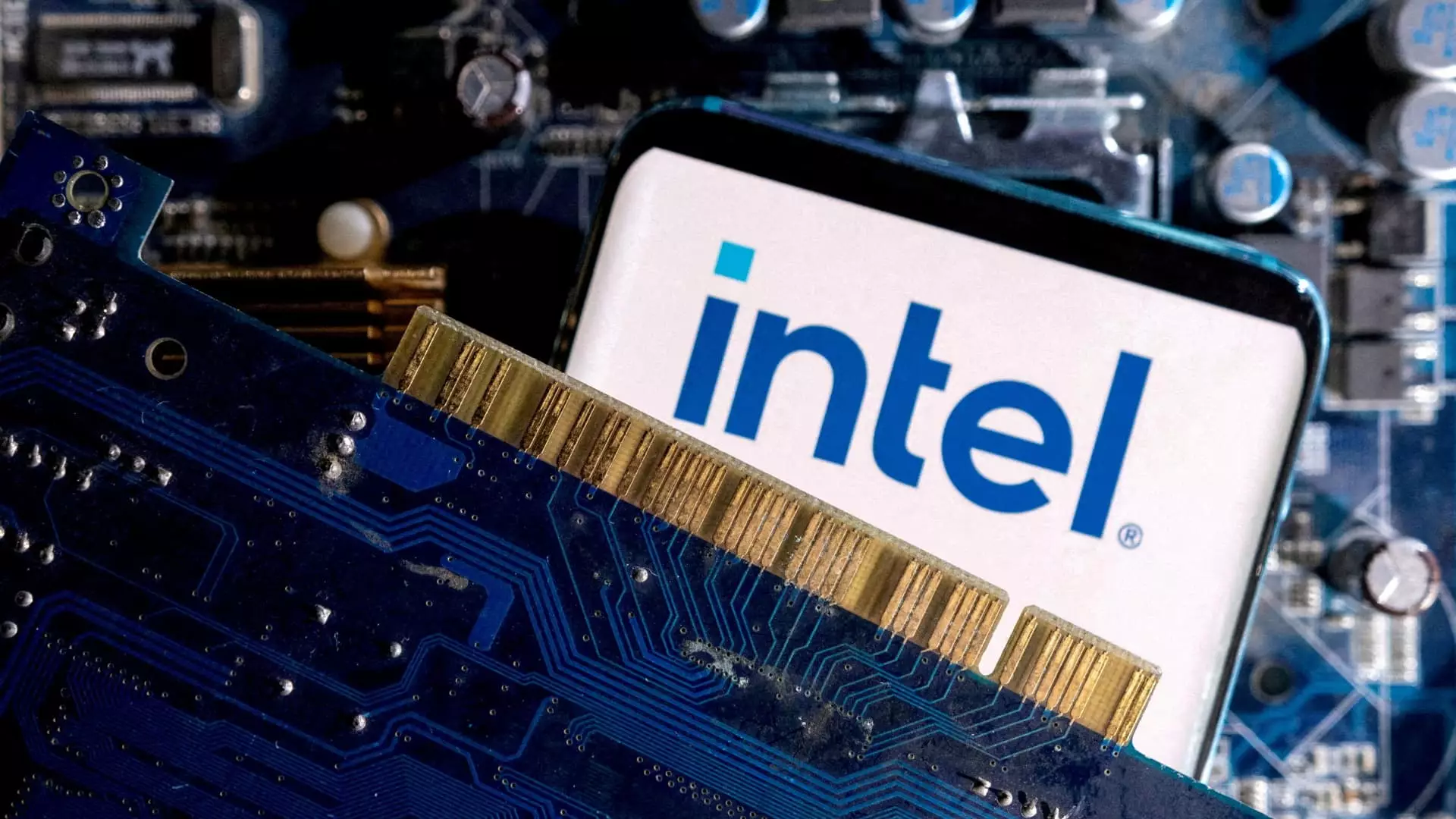On a surprising note, shares of Intel experienced a significant surge exceeding 10% on Tuesday, propelled largely by a report from the Wall Street Journal. This report unveiled that industry giants Broadcom and Taiwan Semiconductor Manufacturing Company (TSMC) are weighing potential bids that could fundamentally reshape Intel, a company grappling with substantial financial challenges. Broadcom’s interest reportedly lies in acquiring Intel’s chip design and marketing sector, while TSMC might be eyeing either a partial or complete acquisition of Intel’s manufacturing facilities. While these conversations are still informal, this sudden buzz around Intel has reinvigorated investor interest, highlighting the volatile nature of the semiconductor market.
Declining Market Value and the AI Dilemma
Despite the recent uptick in stock prices, it is essential to take a closer look at the broader context of Intel’s performance. For years, the company has witnessed a steady decline in market value, attributed in part to its failure to capitalize on the booming artificial intelligence (AI) sector. The semiconductor industry has seen rival companies thrive, harnessing the AI wave to bolster their positions in the market, while Intel has struggled to catch up. The decline was starkly illustrated in August when Intel’s stock plummeted dramatically, marking its worst day on record in half a century and reaching levels not seen since 2013. This timing coincided with disappointing quarterly results and a significant announcement regarding workforce reductions—an unsettling combination for a company once celebrated as a leader in the chip market.
The Leadership Vacuum and Potential Recovery
Intel’s leadership decisions have not escaped scrutiny either. In December, the company’s board decided to replace CEO Pat Gelsinger, whose tenure saw declining shares and diminishing confidence in the company’s strategic redirection. This leadership vacuum has left many wondering how Intel plans to navigate its path forward amidst potential acquisitions and a rapidly evolving market landscape. Moreover, rival Qualcomm’s overtures regarding a potential takeover of Intel underscore the intense competitive pressures the company faces currently. The speculation surrounding these buyouts raises questions about Intel’s strategic direction and whether it can emerge from its declining trajectory.
As the year progresses, Intel must not only focus on stabilizing its stock price but also work on reclaiming its competitive edge within the semiconductor industry. With shares surging by 29% this year following last year’s staggering 60% decline, the road to recovery appears both promising and perilous. Investors and analysts alike will keep a close eye on potential mergers, acquisitions, and shifts in leadership as they contemplate whether Intel can successfully navigate the tides of change and regain its status as a powerhouse in the tech landscape. The recent uptick in stock price might be a momentary blip, or it could signify an opportunity for revitalization. Only time will reveal which path Intel will take.

